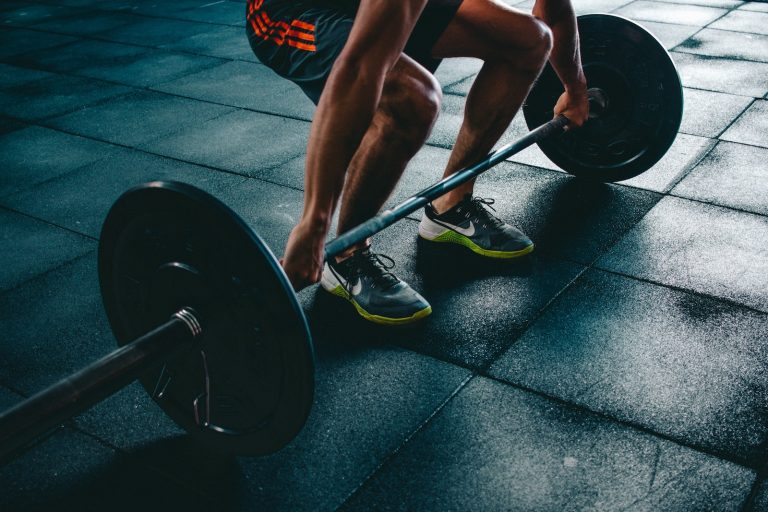In a world where strength is hailed as the new sexy, the allure of weight training has captured the imagination of fitness enthusiasts globally. Social media platforms, particularly Instagram, are flooded with hashtags like “fitspiration” and #gym, showcasing flexed muscles, motivational quotes, and workout advice. However, amidst this sea of information, navigating the realm of weight training can be both confusing and intimidating.
The plethora of contradictory fitness advice online often insists on incorporating specific “must do” exercises, frequently centered around barbell movements like squats, deadlifts, and hip thrusts. But is the efficacy of these exercises universally applicable, or are they simply a one-size-fits-all prescription for fitness success?
The truth lies in the nuances of individual physiology and preferences. While barbell exercises permit the lifting of heavy weights, they demand precise movement patterns. Whether executing upper body exercises like the bench press or overhead press, or lower body exercises like squats and deadlifts, barbell movements engage bilateral actions, where two limbs work in tandem to lift the weight.
However, these barbell-centric approaches may not be suitable for everyone. Factors such as limb lengths and past injuries can significantly impact the comfort and effectiveness of these movements, potentially elevating the risk of injury. Individuals with long legs may find barbell squats challenging due to increased range of motion, while muscle imbalances can lead to discomfort or injury during exercises like overhead presses or bench presses.
For those seeking an alternative, dumbbell and kettlebell variations provide a more forgiving option, especially for upper body pressing exercises and single-leg movements. Unlike barbell exercises, these involve unilateral actions, allowing each limb to move independently and accommodating diverse anatomies. Some evidence even suggests that the unique muscle recruitment in unilateral exercises may contribute to greater long-term strength gains.
The ongoing debate within the scientific community about the superiority of bilateral or unilateral exercises reveals that both have their merits. Unilateral exercises enhance balance and strength, while bilateral exercises remain valuable for time-efficient workouts. The latter can be adapted for safety and comfort, such as opting for a trap bar for deadlifts, which places less strain on the lower back and proves beneficial for individuals with back issues or longer legs.
The ultimate goal in weight training is to subject muscles to progressive overload, achieved by lifting increasingly heavier weights, adjusting sets and repetitions, or modifying rest times. This principle applies to any weightlifting exercise, not exclusively to barbell routines. By relinquishing attachment to specific exercises and viewing them as tools, individuals can embrace a more varied and personalized approach to fitness, potentially enhancing enjoyment and long-term adherence.
Furthermore, the argument can be made that any exercise consistently enjoyed is the best form of exercise. The crucial factor in reaping the long-term benefits of physical activity is consistency, irrespective of the specific exercises incorporated into a routine.
It is essential to recognize that weight training offers numerous benefits, from weight loss and muscle building to alleviating symptoms of chronic conditions and reducing the risk of death by 15% from all causes. The key takeaway is that these benefits are attainable through any weight-based exercises, whether or not a barbell is involved.
In a fitness landscape dominated by trends and dogmas, the liberation from barbell-centric thinking opens up a world of possibilities for diversified, individualized, and sustainable exercise routines. As the adage goes, the best exercise is the one you enjoy and consistently commit to – a philosophy that may hold the key to unlocking the true potential of weight training for each individual.

